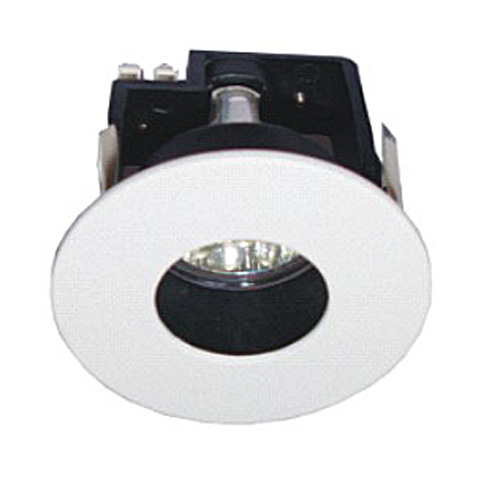

However, if you overexpose the plant to light, it will shrink in size.

Under moderate aquarium light, Hygrophila Pinnatifida will thrive, but intensive lighting will aid compact development.

It quickly adheres to rocks and wood, and its reddish hue and distinctive leaf shape provide a nice contrast to green plants. Hygrophila pinnatifida is a popular epiphyte in aquascaping circles because it can grow well without being planted on a substrate. It grows in streams in the tideland at the bottom of the Western Ghats. The aquatic plant Hygrophila pinnatifida was introduced from India. Hygrophila pinnatifida Where Does Hygrophila Pinnatifida Grow in the Wild? At regular intervals, these will spawn plantlets that can be clipped and sown elsewhere. The plant sends forth runners often, making propagation simple. If you don’t want this plant to take over the tank, clip the runners on a regular basis. This plant can be aggressively clipped to keep it at a smaller size and prevent it from shadowing other plants nearby. It’s an aggressive and fast-growing plant that constantly sends out runners with enough CO₂ and nutrients, it can grow to be fairly huge, with a width of 25cm or more. It can be planted in bunches in the middle of the yard or affixed to any hardscape with super glue, thread, or cable ties (later on, it can be removed as the plant attaches readily to surfaces). Hygrophila pinnatifida is a popular epiphyte in aquascaping circles because it can grow well without being planted in the substrate, it quickly adheres to rocks and wood, and its reddish hue and distinctive leaf shape provide a nice contrast to green plants. Some people experience issues with the plant throughout the conversion process however, the submerged forms are stable and grow quickly. If you’ve tried buying emersed growth forms from dealers and they’ve all melted, seek submerged grown growth forms instead. It can tolerate a wide range of water conditions and is a simple plant to grow with CO₂ injection, yet it may also be utilized in low-tech tanks (but success is less certain). Because it does not require a substrate, it is frequently planted higher up on the hardscape, providing us with a beautiful view of the underside of the leaves. On the underside of the leaf, this plant appears to be redder. It must be trimmed on a regular basis to avoid shading the other plants in the area. The fern-like look of Hygrophila pinnatifida allows it to blend in nicely with mosses and wood. This plant is native to India and has grown fairly popular in the hobby recently, with most large aquatic plant nurseries stocking and farming it. The leaves have been described as fern-like by some. The combination of leaf shape and color gives this stem plant a distinct and unique appearance and aquascape potential. Once they’ve adapted to the tank environment, their growth is moderate to fast and may need to be trimmed frequently. Under bright light and increased CO₂, red coloration intensifies.

Bottom stems may produce runners, which aid in the rapid development of new plants, while tops may be clipped to promote more compact growth. The leaves of this plant have a brown-green tone on top and a unique burgundy color beneath. Hygrophila pinnatifida is a lovely and intriguing Indian stem plant.
HIGH LIGHT HOW TO
How to Grow Hygrophila Pinnatifida On Driftwood.How to Grow Hygrophila Pinnatifida in an Aquarium.Is Aquarium CO₂ Injection Necessary for Hygrophila Pinnatifida?.Where Does Hygrophila Pinnatifida Grow in the Wild?.


 0 kommentar(er)
0 kommentar(er)
